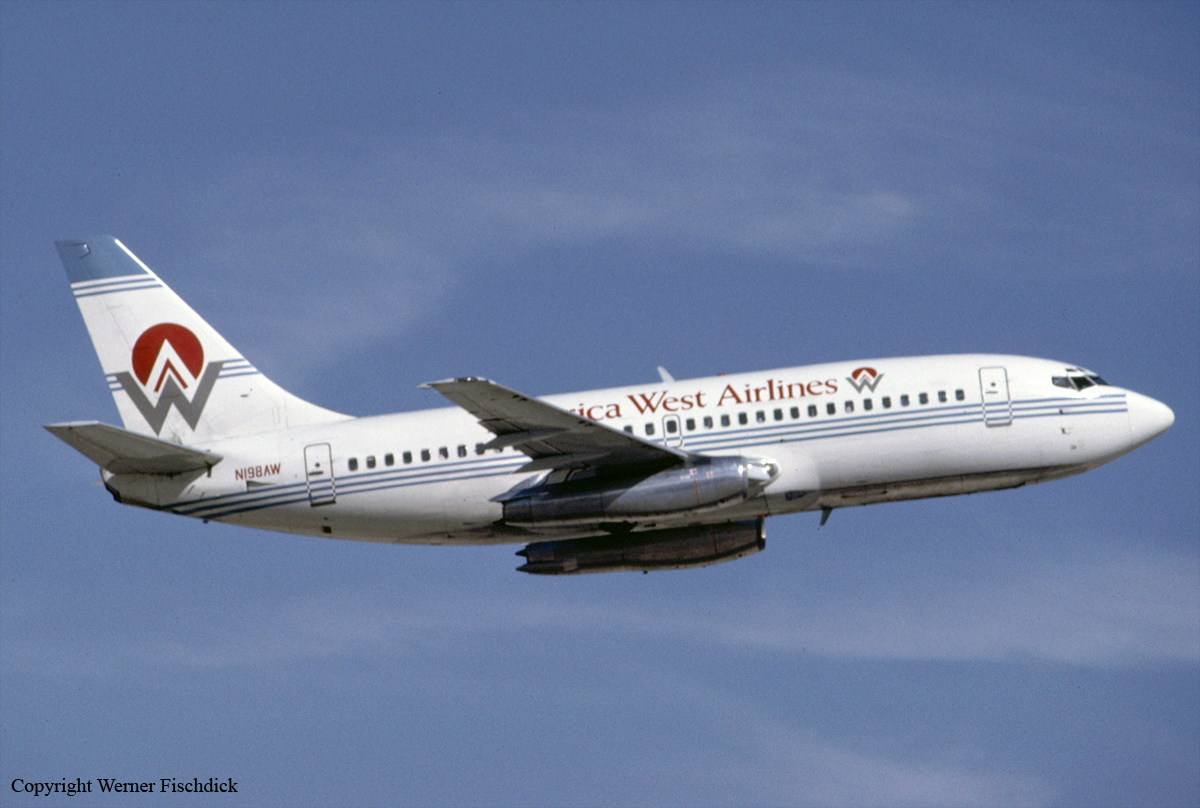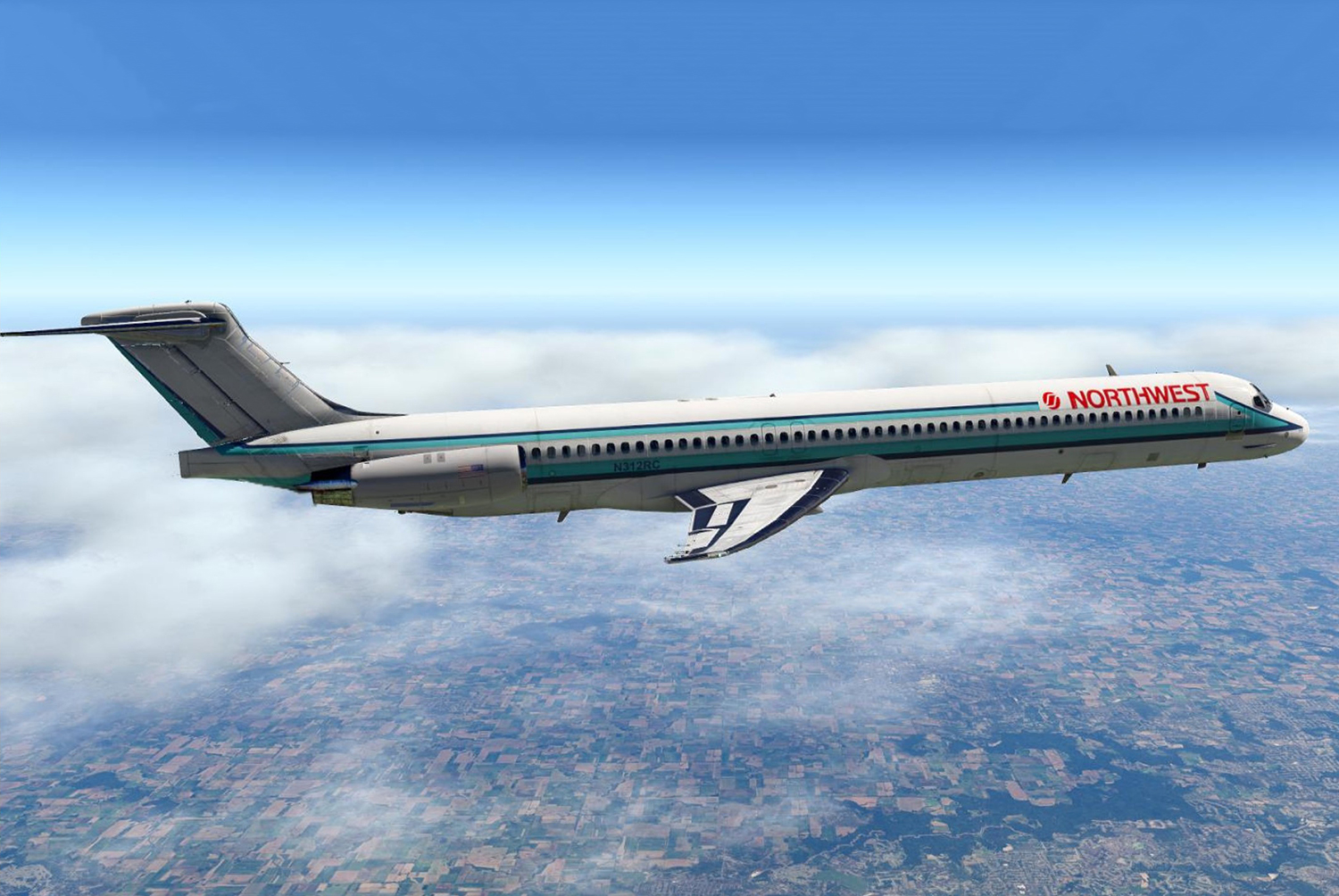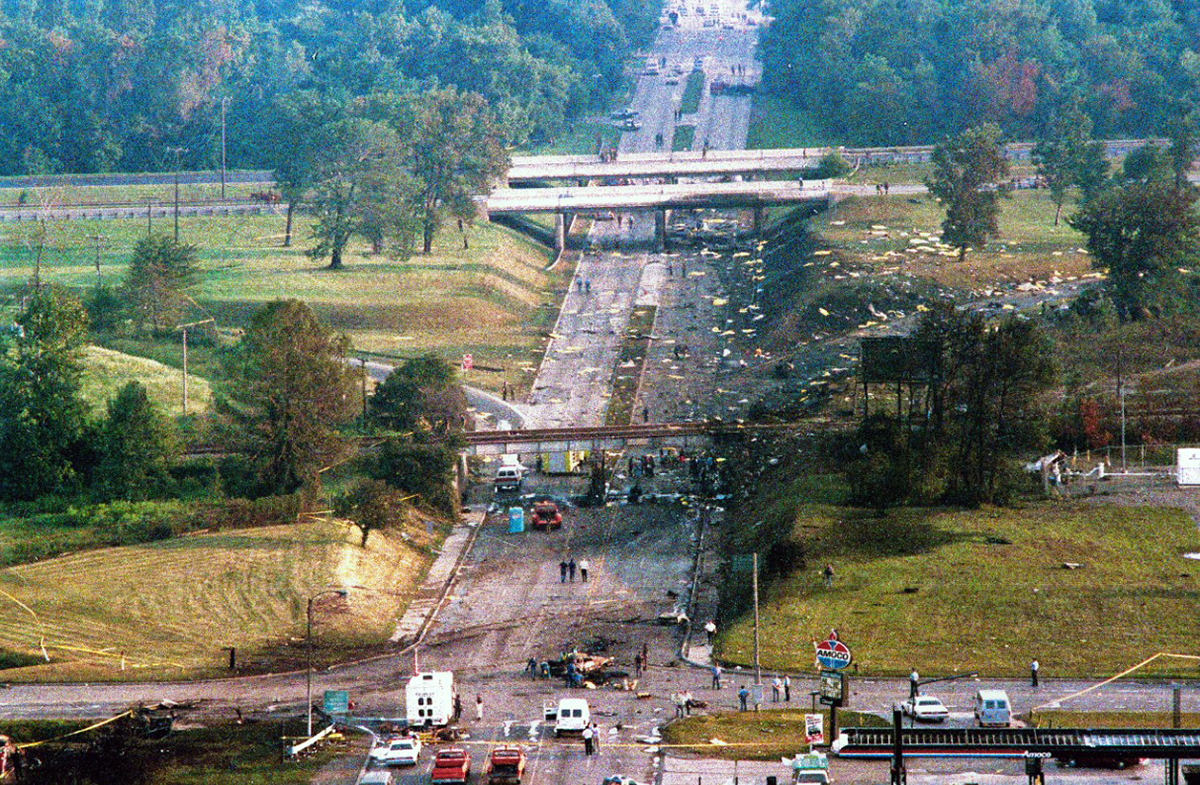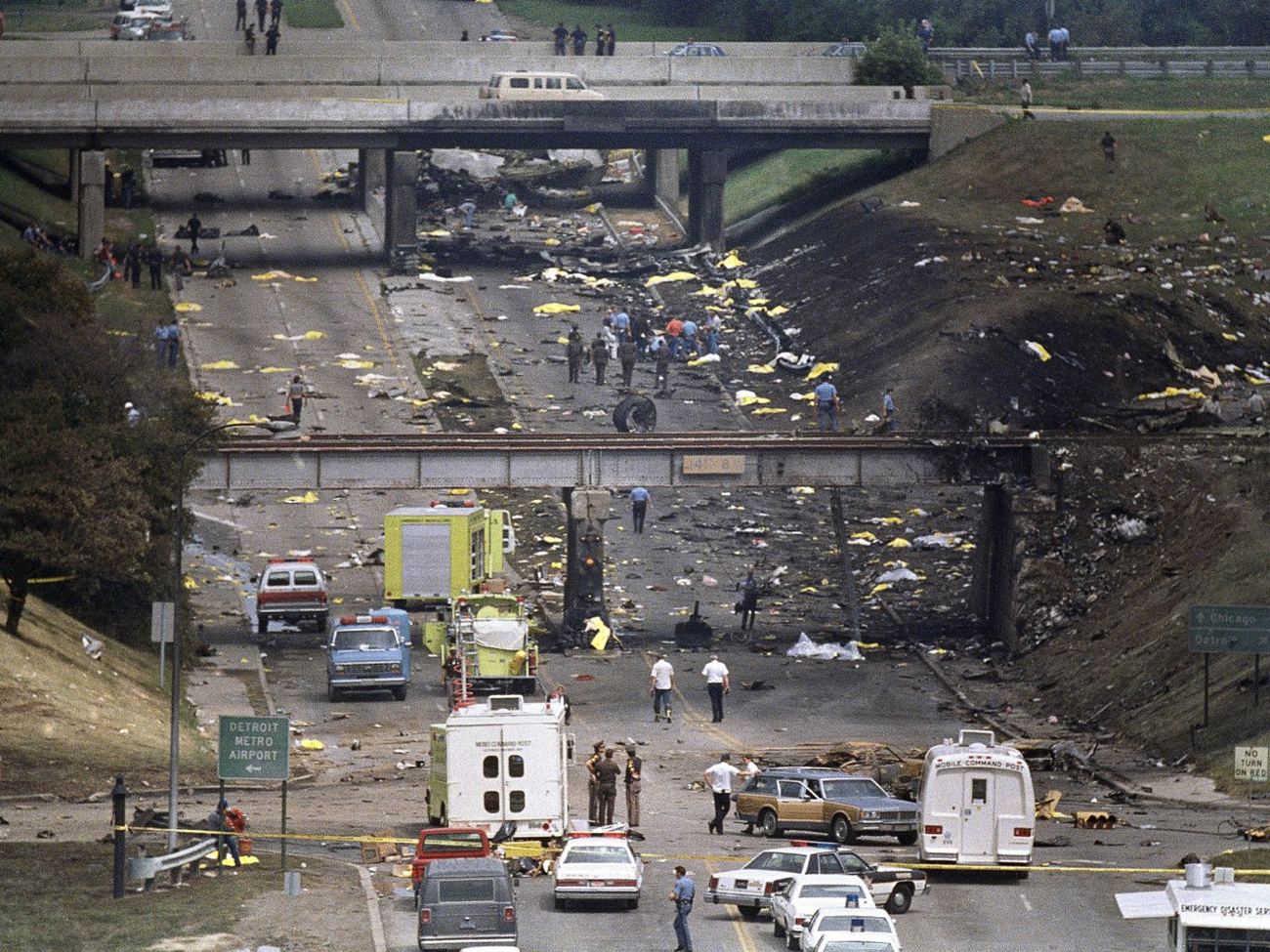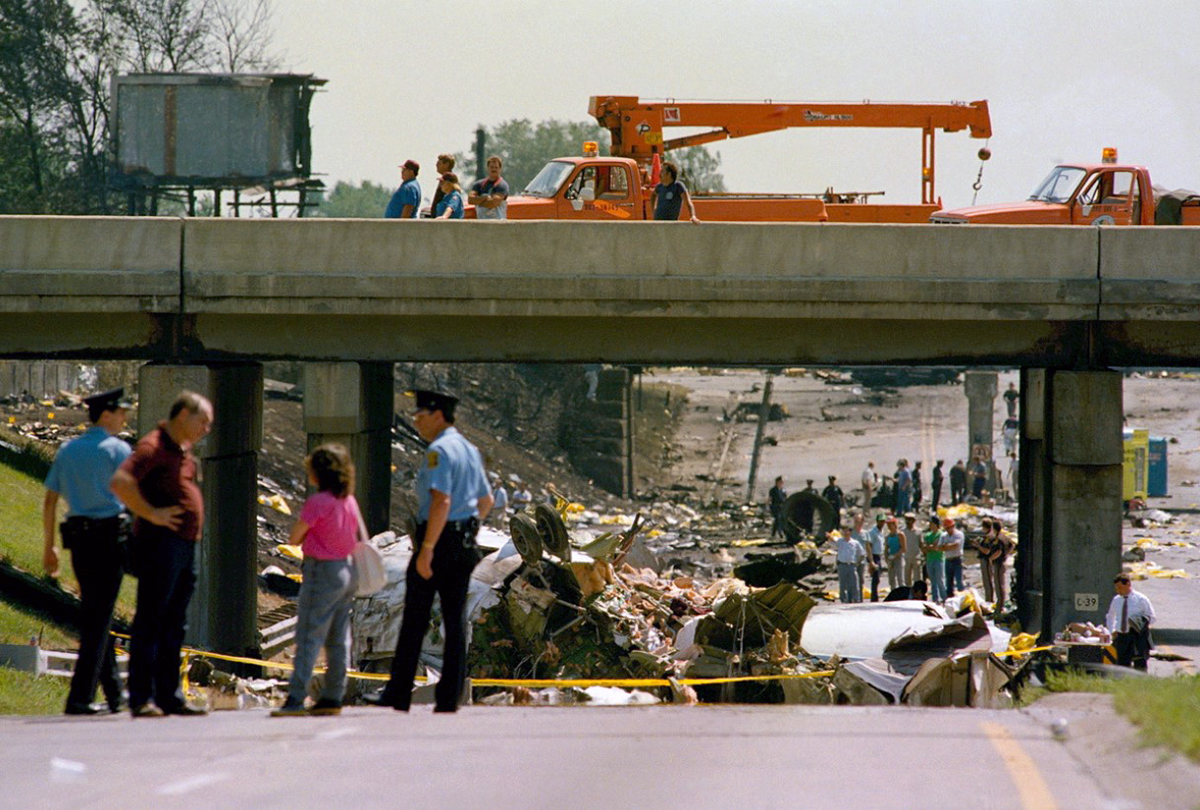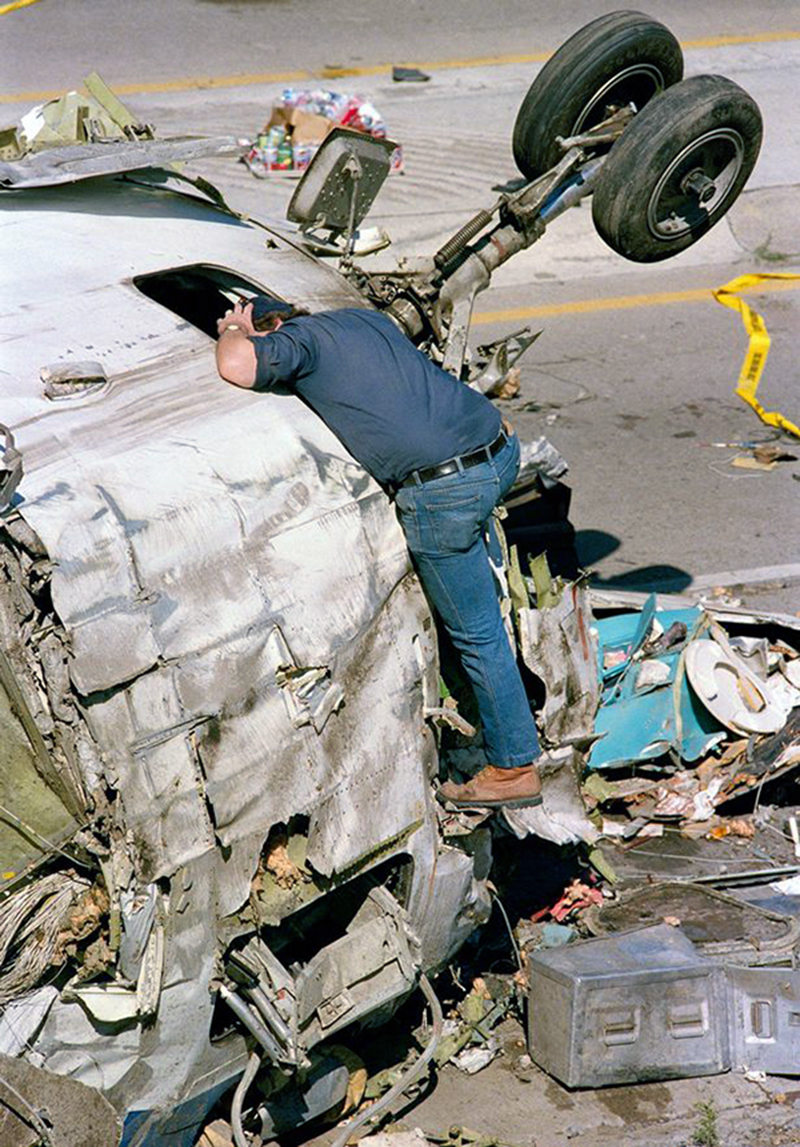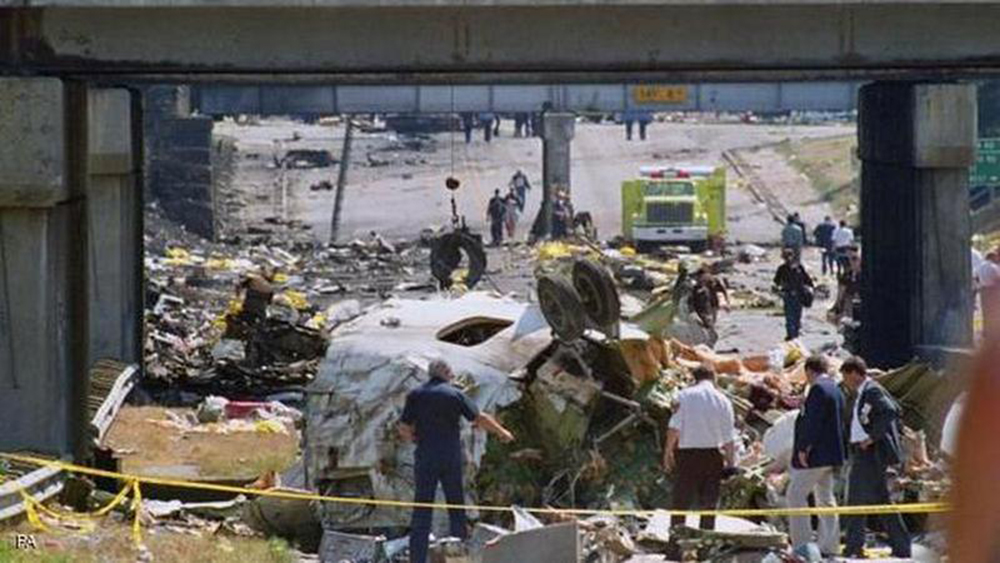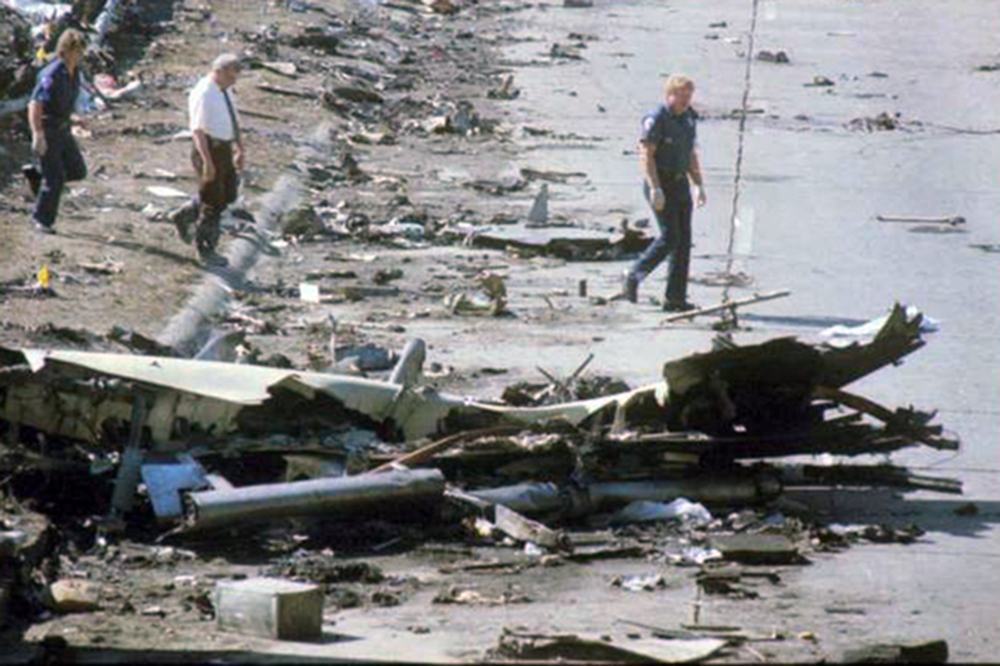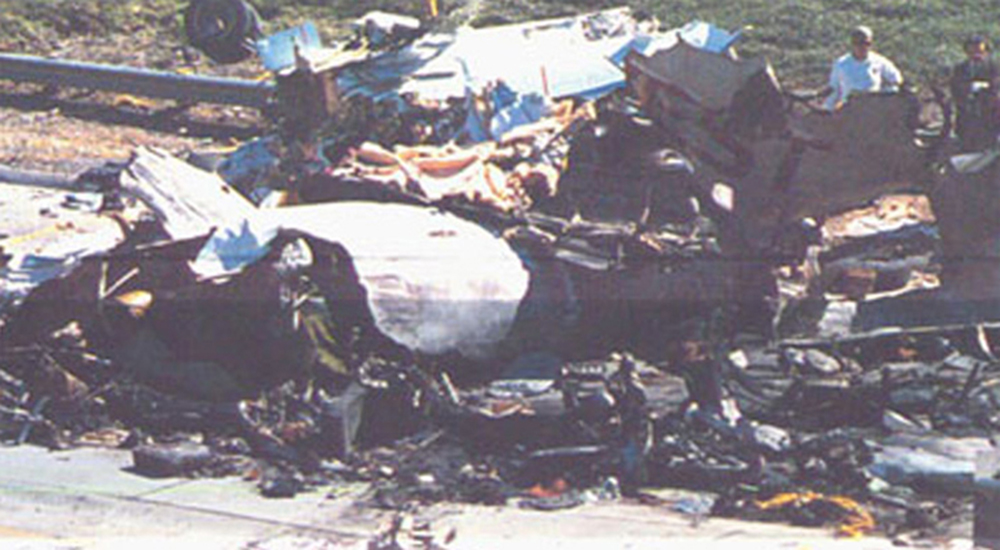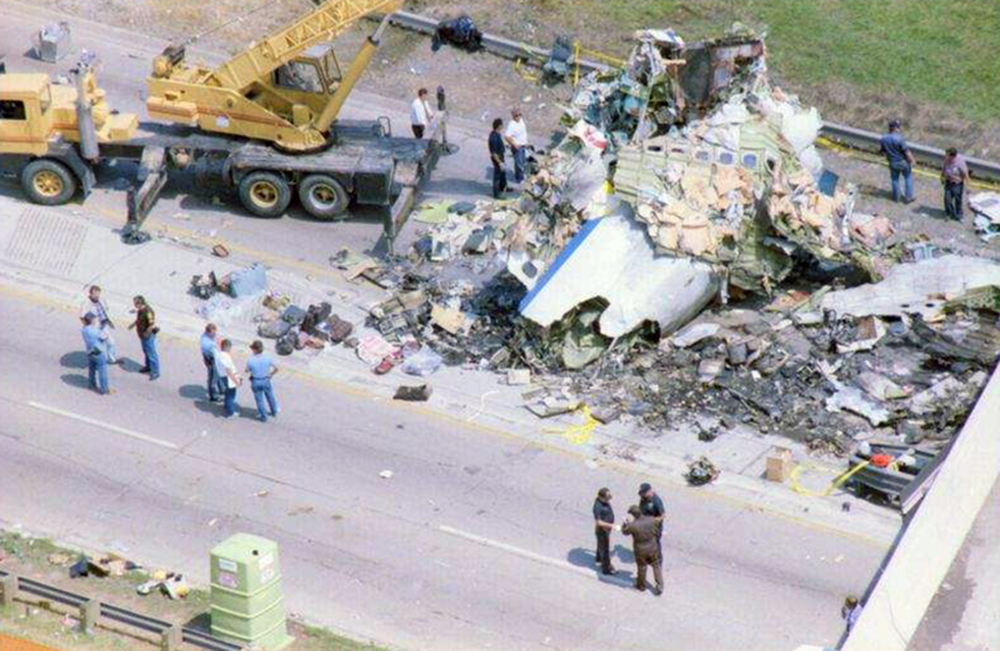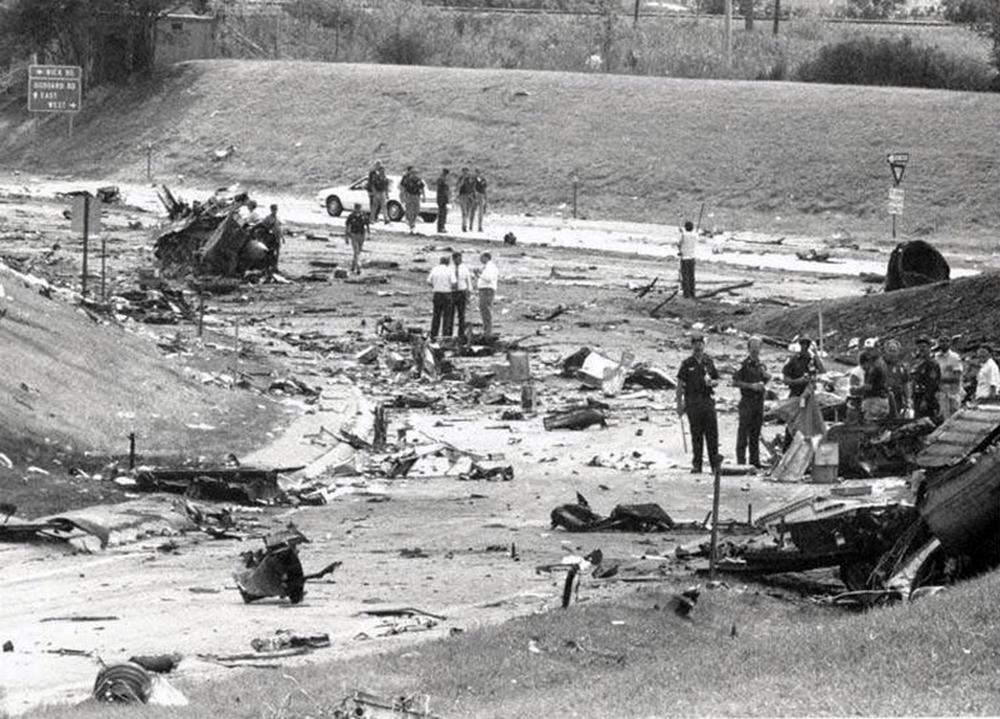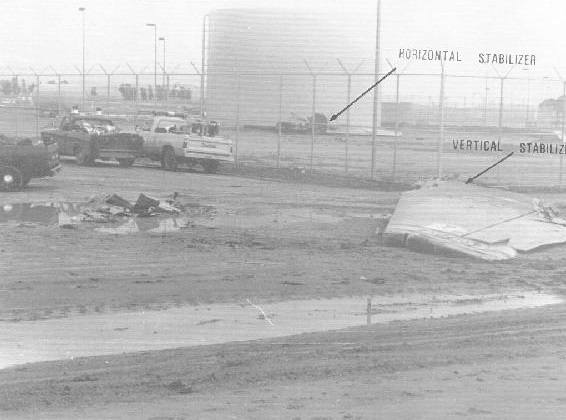Crash of a Rockwell Grand Commander 690 in Wichita: 2 killed
Date & Time:
Nov 2, 1991 at 1206 LT
Registration:
N799V
Survivors:
No
Schedule:
Wichita - Phoenix
MSN:
690-11407
YOM:
1977
Crew on board:
1
Crew fatalities:
Pax on board:
1
Pax fatalities:
Other fatalities:
Total fatalities:
2
Captain / Total hours on type:
1078.00
Aircraft flight hours:
3480
Circumstances:
The pilot and his wife departed Wichita, Kansas with a destination of Phoenix, Arizona. Eight minutes after takeoff, while in a climb to 15,000 feet, the passenger contacted departure control and communicated that she thought that her husband might be dead. While departure control was getting a pilot to assist in the situation, the passenger, who was not a pilot attempted to fly the aircraft. A witness reported a rapid series of climbs and descents just before both horizontal stabilizers and the rudder separated from the aircraft. The aircraft then entered a spin terminating with ground impact. The aircraft was consumed by a post-crash fire. Both occupants were killed.
Probable cause:
Incapacitation of the pilot in command, followed by the loss of control and an inflight breakup with a unqualified person on the controls.
Final Report:

